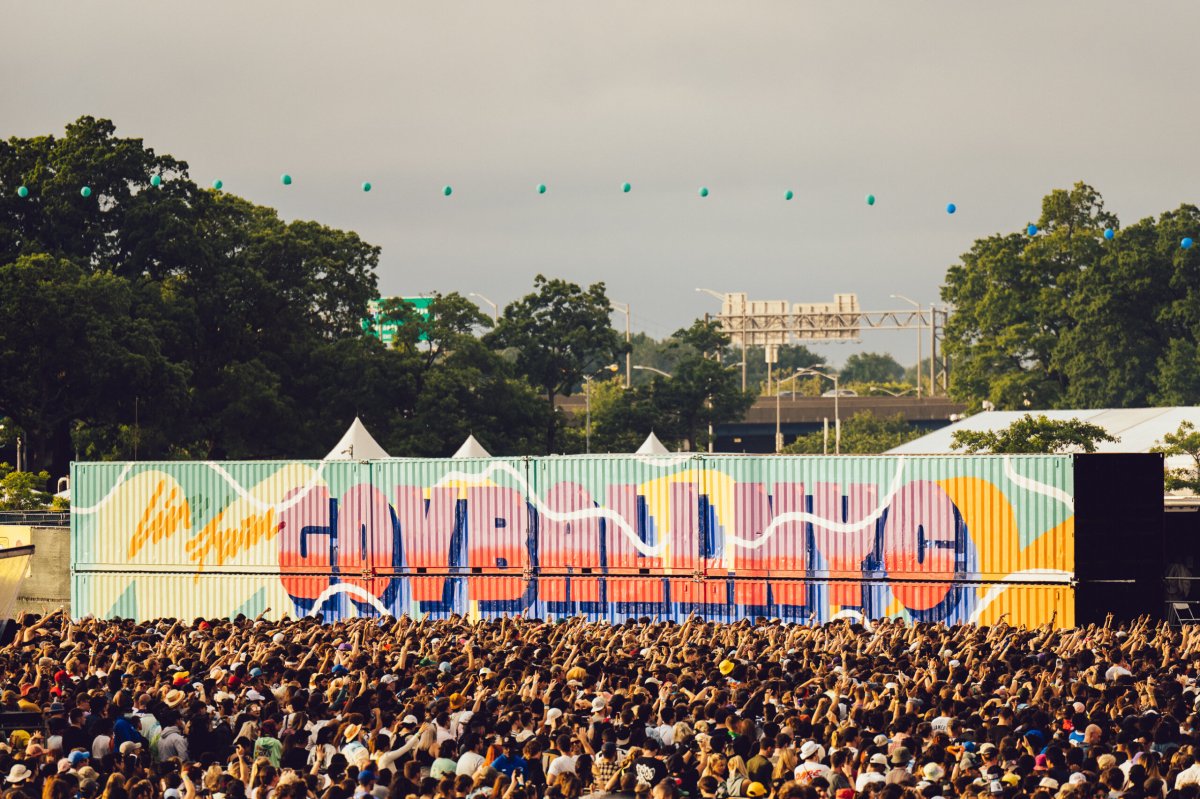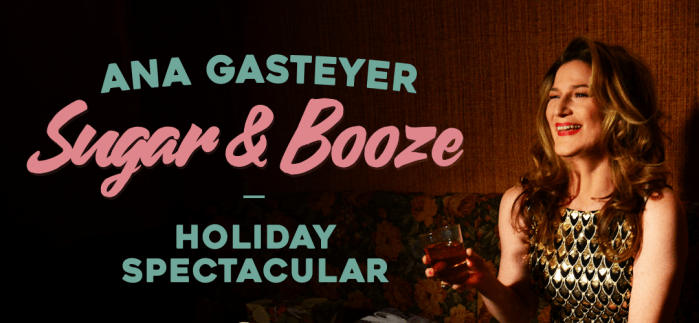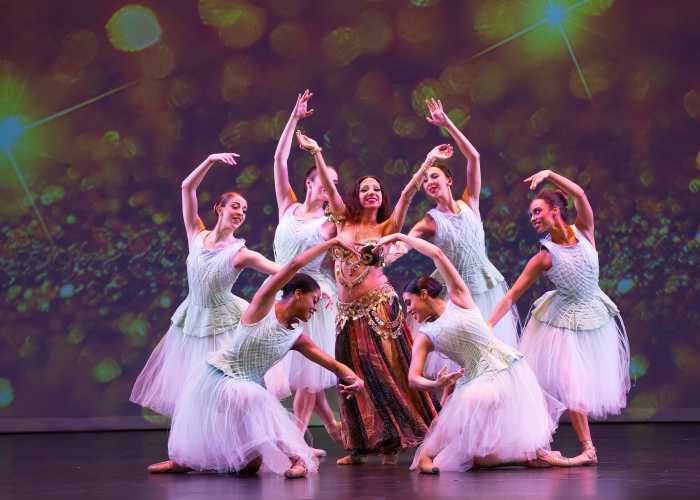There are nights in New York when the city remembers itself. Last week was one of them.
On an evening that shimmered with old-world pomp and fresh champagne, the American Ballet Theatre celebrated its 85th anniversary with a gala so decadent, it could have been plucked from the pages of Capote’s Black and White Ball diary—if Capote had included principal dancers, Tony-winning choreography, and a crowd that oscillated seamlessly between silk and social justice.
Held at Lincoln Center, the black-tie affair honored Susan and Leonard Feinstein, a couple whose philanthropic portfolio reads like a masterclass in cultural preservation. For over two decades, they have fortified ABT’s foundation—not just with patronage, but with vision. They have supported the commissioning of new works, the funding of education programs, and, quite frankly, the oxygen mask keeping ballet alive in the age of algorithmic doomscrolling.

Inside the house, under a velvet sky of chandeliers and anticipation, the performance began with a preview of Christopher Wheeldon’s The Winter’s Tale. It was rich, cinematic, and emotionally legible—the kind of contemporary ballet that reminds you movement can tell stories faster than words ever could.
Then came a triumphant parade of classics: Balanchine’s Theme and Variations (because no New York gala would dare omit Balanchine), McKenzie’s Swan Lake (because drama must always arrive on pointe), and the ever-romantic Sylvia by Frederick Ashton, which glided across the stage with the sweet ache of memory. The program was expertly counterbalanced with Twyla Tharp’s Bach Partita and Alexei Ratmansky’s Serenade after Plato’s Symposium—a pairing that whispered, “Yes, we are timeless. Yes, we are modern. Yes, we can do both in the same evening without breaking a sweat.”
The dancers were otherworldly. One could argue that Catherine Hurlin devoured the stage, that Calvin Royal III moved like liquid silk through time, that Gillian Murphy made every arabesque a war cry for beauty. Every solo, every pas de deux was delivered with the kind of polish that doesn’t shimmer, it stuns. These were not performances. They were declarations.



Off-stage, the audience was no less choreographed. Laverne Cox, Christian Siriano, AnnaSophia Robb, and Karine Jean-Pierre lent the evening a punch of celebrity sparkle, while New York’s deep bench of cultural insiders, collectors, and legacy patrons filled the halls in gowns that whispered “archival” and tuxedos that finally earned their dry-cleaning tags. There was a sense that everyone understood the assignment: this was not just a night out—it was a sartorial summit of taste and patronage.
Following the performance, guests glided into a dinner scene so gilded it bordered on theatrical. The lighting was forgiving, the wine glasses generous, and the floral arrangements confidently tall. Conversations pirouetted from campaign strategy to couture, and somewhere between the caviar course and the standing ovation, the city rediscovered a language it sometimes forgets—one of refinement, ritual, and creative risk.
To witness a night like this is to remember that New York, for all her hustle and neurosis, still knows how to celebrate the sacred. Ballet, at its best, is not just movement—it is memory. It is mood. It is manifesto.
As ABT raised a glass to 85 years, it raised the bar for what cultural celebration can and should look like in this city. No gimmicks. No influencers holding Aperol spritzes for content. Just art, patrons, presence—and the reminder that in this town, greatness still wears satin shoes.
To view the upcoming 2025 season and performance calendar, visit abt.org. For your daily dose of beauty, grace, and backstage glamour, follow @abtofficial on Instagram.







































